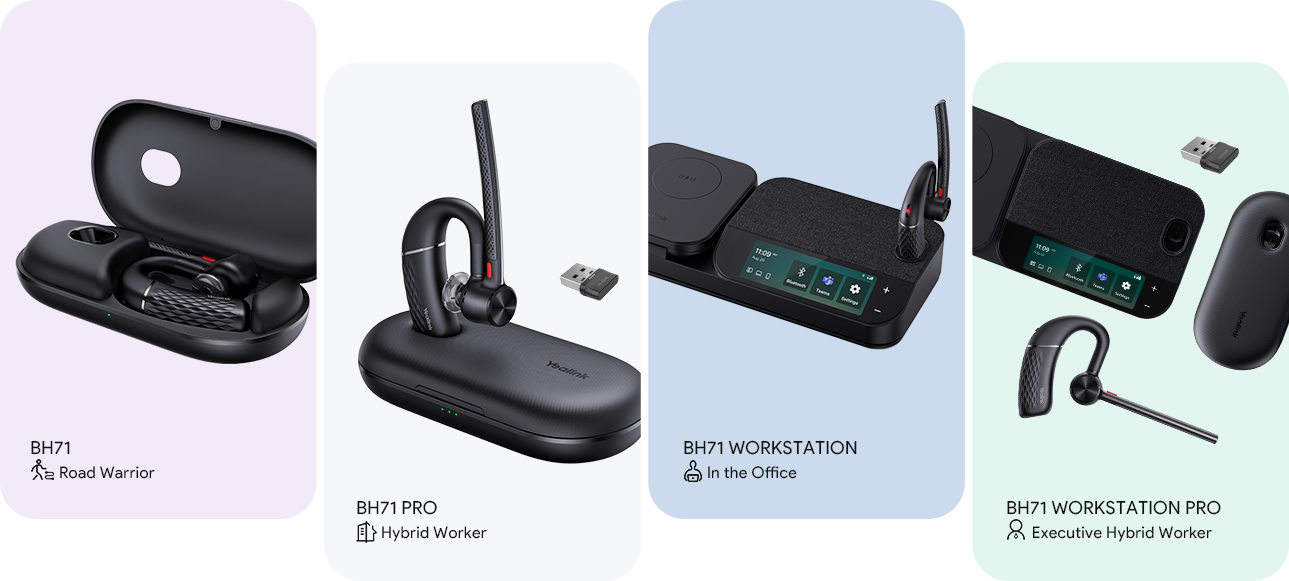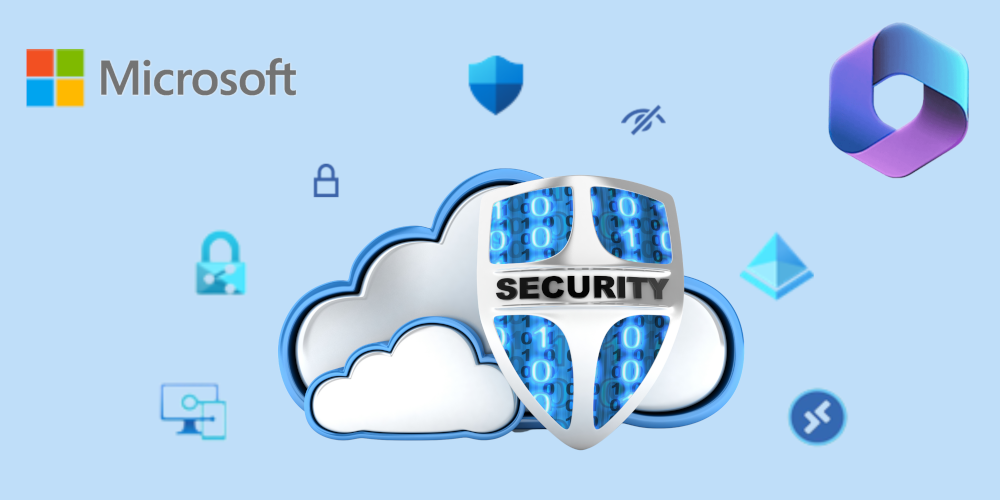
The Ultimate Guide to BYOD Management
Embracing the trend of Bring Your Own Device (BYOD) can offer organisations a range of benefits, such as employee convenience, mobility, and flexibility. However, to ensure security, compliance, and productivity in a BYOD environment, effective mobile device management (MDM) and mobile application management (MAM) solutions are essential. In this comprehensive guide, we’ll explore the key aspects of BYOD management to help business owners, executives, and managers make informed decisions.
Key Aspects of BYOD Management:
Management and Security Policies
- Define clear policies that cover devices, users, data, and applications.
- Enforce passcode complexity, device encryption, network access control, data backups, and remote wiping with MDM and MAM solutions.
- Implement role-based policies to restrict access based on job function, location, and device type.
- Communicate these policies to employees, along with the consequences of non-compliance, and have them sign a BYOD agreement.
BYOD Device Enrolment
- Simplify and automate device enrolment through a self-service portal.
- Scan devices for security threats and compliance with company policies during enrolment.
- Enable remote management for updates, patches, application installations, and monitoring.
- Receive real-time alerts for security breaches or policy violations.
Application Deployment
- Utilise MAM solutions for quick and secure application deployment.
- Create a catalogue of approved applications for installation on employee devices.
- Easily revoke access to applications when an employee leaves the company.
- Gain insights into application usage, device compatibility, and user feedback.
- Customise the user experience with branding and app configurations.
Monitoring
- Continuously monitor devices, applications, and data on BYOD devices.
- Gain real-time visibility into device health, usage metrics, and security events.
- Track and locate devices in case of loss or theft.
Set up alerts and notifications for policy violations or suspicious behaviour. - Generate reports for auditing and compliance purposes.
Embracing BYOD can bring about workplace transformation, but proper management is essential to mitigate risks. MDM and MAM solutions provide the necessary tools to secure and manage employee devices, applications, and data effectively. By following the best practices outlined in this guide, businesses can ensure a successful BYOD strategy that aligns with their goals and regulatory requirements.
We value your feedback! Please share your comments and insights with us.
BYOD FAQs For Business Owners
- How can BYOD benefit my business?
BYOD can benefit your business by improving employee productivity, flexibility, and satisfaction. It reduces the need for company-provided devices and allows employees to work on devices they are comfortable with.
- Are there any security risks associated with BYOD?
There are security risks associated with BYOD. Potential risks include data breaches, unauthorised access, malware infections, and loss of company data. However, implementing robust MDM and MAM solutions, along with well-defined security policies, can help mitigate these risks.
- How can MDM and MAM solutions help in managing BYOD effectively?
MDM and MAM solutions provide centralised control and management over BYOD devices and applications. They enable you to enforce security policies, monitor device usage, deploy and update applications, and remotely wipe data if needed. These solutions help ensure compliance, enhance security, and streamline management processes.
- What are the key considerations when defining BYOD policies?
Key considerations when defining BYOD policies include determining device compatibility, establishing security requirements (e.g., passcodes, encryption), defining acceptable use policies, clarifying data ownership and privacy guidelines, and outlining consequences for non-compliance. It’s crucial to strike a balance between security and employee privacy.
- How can I enforce compliance with BYOD policies among employees?
To enforce compliance, clearly communicate BYOD policies to employees and ensure they understand the expectations and consequences of non-compliance. Implement an agreement that employees must sign, conduct regular training sessions, and monitor devices and applications for policy adherence. Regular audits and communication can help reinforce compliance.
BYOD FAQs For Employees
- Can I use any device for BYOD, or are there restrictions?
There might be restrictions on the types of devices allowed for BYOD. Check with your organisation’s BYOD policy to determine if there are any device restrictions or compatibility requirements.
- How can I ensure the security of my personal data on a BYOD device?
To ensure the security of your personal data, follow the security guidelines provided by your organisation. These may include setting strong passcodes, enabling device encryption, regularly updating software and applications, and avoiding risky online behaviour.
- What happens if I leave the company? Will my personal data be deleted?
When you leave the company, your organisation may have policies in place to delete or remove corporate data from your device. However, your personal data should remain intact unless otherwise specified in the BYOD agreement. Check with your IT department or HR for specific policies.
- Can I install any applications on my device, or are there limitations?
There may be limitations on the applications you can install on your device. Your organisation may provide a list of approved applications that can be safely installed on BYOD devices. Installing unapproved applications may pose security risks or violate company policies.
- What should I do if I suspect a security breach or policy violation on my device?
If you suspect a security breach or policy violation on your device, immediately report it to your IT department or the designated point of contact in your organisation. They will guide you through the necessary steps to address the situation and protect company data.







